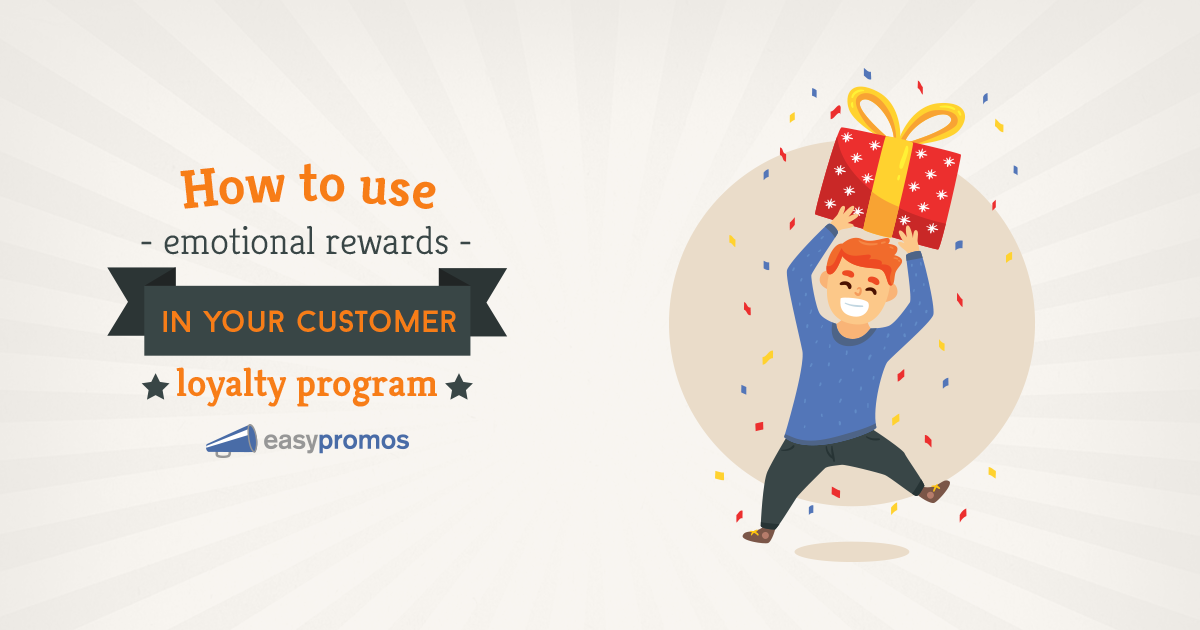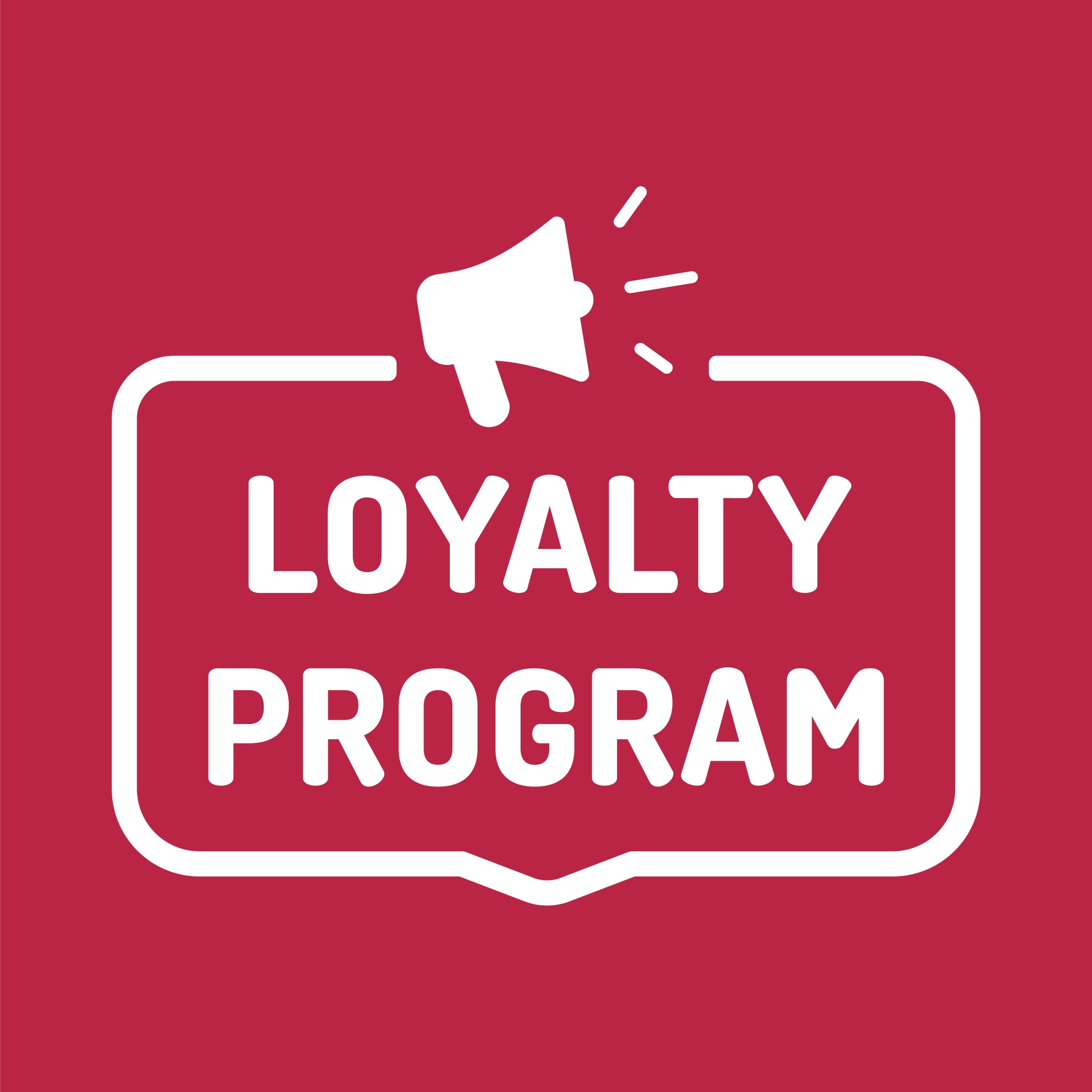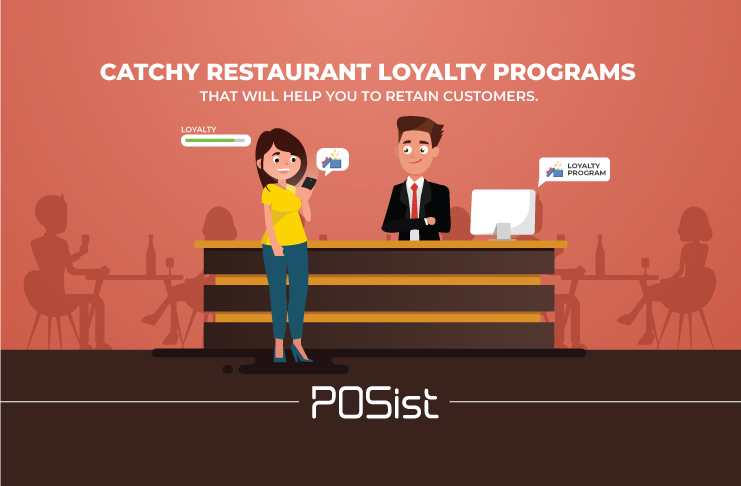All Categories
Featured
Table of Contents
In Miamisburg, OH, Desirae Warner and Pierre Bowers Learned About Influential People

What if you could grow your business without increasing your costs? In fact, what if you could really minimize your spending however increase your sales, year after year? Would you do it? If you're an entrepreneur, then you'll likely offer a definite 'yes', a basic answer to an even simpler question.
A rewards program tracks and rewards specific spending behavior by the consumer, providing unique advantages to loyal customers who continue to patronize a specific brand. The more that the consumer spends in the shop, the more advantages they get. With time, this reward develops loyal consumers out of an existing customer base.

Even if you currently have a reward program in location, it's a great concept to dig in and totally understand what makes customer commitment programs work, along with how to carry out one that costs you little cash and time. Do not stress, I'll assist you with that. I'll break down the primary advantages of a commitment program and the very best methods to develop faithful clients.
Let's dig in. Client loyalty is when a consumer go back to work with your brand over your rivals and is largely influenced by the positive experiences that the customer has with your brand name. The more favorable the experience, the most likely they will go back to patronize you. Consumer commitment is exceptionally important to organizations because it will assist you grow your company and sales faster than a basic marketing strategy that concentrates on hiring brand-new consumers alone.
A few ways to determine client commitment consist of:. NPS tools either send out a brand performance survey through email or ask consumers for feedback while they are visiting a service's website. This information can then be used to much better comprehend the probability of customer loyalty. A repurchase ratio determines the ratio of repeat purchasers versus one-time purchasers.
Customer commitment index (CLI). The CLI tracks customer loyalty over time and is comparable to an NPS study. Nevertheless, it takes into consideration a few extra factors on top of NPS like upselling and redeeming. These metrics are then used to assess brand name loyalty. A consumer loyalty program is a marketing technique that rewards consumers who make purchases and engage with the brand on an ongoing basis.
Client rewards programs are created to incentivize future purchases. This motivates them to continue doing organization with your brand. Client loyalty programs can be set up in various ways. A popular client loyalty program rewards clients through a points system, which can then be invested on future purchases. Another type of consumer commitment program may reward them with member-exclusive advantages or free presents, or it might even reward them by contributing money to a charity that you and your customers are equally enthusiastic about.
In Inman, SC, Triston Jimenez and Hamza Oconnor Learned About Network Marketing
By using rewards to your customers for being devoted and helpful, you'll develop a relationship with them, deepening their relationship with your brand name and ideally making it less likely for them to change to a rival. You've likely seen client loyalty programs in your own shopping experience, whether at your preferred cafes or your most frequented supermarket.
But simply due to the fact that everyone is doing it doesn't indicate that's a sufficient factor for you to do it too. The much better you comprehend the advantages of a customer rewards program, the more clarity you will have as you develop one for your own shop. You won't be distracted by exciting benefits and complex commitment points systems.
Remember: work smarter, not harder. Consumer retention is the main benefit of a rewards program that acts as a foundation to all of the other advantages. As you provide rewards for your existing customer base to continue to buy from your shop, you will offer your shop with a stable circulation of money month after month.
By growing your retention rate, you can stop investing as much time or money on increasing your overall number of consumers. Why is this crucial? Devoted customers have a greater conversion rate than new customers, indicating they are more most likely to make a transaction when they visit your store than a brand-new customer.
By increasing your retention rate by just 5 percent, you can increase your profits by 25 percent and as much as by 95 percent. Needless to say, your retention rate matters. Secret Takeaway: If you wish to significantly increase your profits, supply incentives for your existing clients to continue to go shopping at your store.
And you will not have to spend cash on marketing to get them there. Consumer acquisition (aka generating new clients) takes a lot of effort and money to encourage total strangers to trust your brand, concerned your store, and attempt your products. In the end, any cash earned by this new consumer is overshadowed by all of the cash invested in getting them there.
Key Takeaway: If you wish to minimize costs, focus on customer retention rather of consumer acquisition. When you focus on supplying a favorable tailored experience for your existing consumers, they will naturally inform their family and friends about your brand name. And with each subsequent deal, faithful consumers will tell much more individuals per transaction.
In 47905, Addison Thompson and Carson Russell Learned About Agile Workflows
The finest part? Because these new clients originated from relied on sources, they are more likely to develop into loyal customers themselves, investing more on typical than new clients generated by other marketing efforts. The Chase Ultimate Benefits program, for example, uses significant benefits for individuals who take a trip a lot.
The 'supreme rewards' that Chase cardholders receive include 2x points per dollar invested in all travel purchases along with main rental car insurance, no foreign deal charges, journey cancellation insurance coverage, and purchase defense. For people who take a trip a lotand have non reusable income to do sothere is a huge incentive to invest cash through the supreme rewards program.
This entire process makes redeeming benefits something worth extoling, which is exactly what numerous cardholders end up doing. And to help them do it, Chase offers a bonus for that too. Key Takeaway: Make it simple for your customers to extol you and they will get the word out about your buy free.
Once you get the fundamentals down, then using a loyalty rewards app can assist look after the technical details. Here are the steps to start with creating your customer commitment program. No client wishes to buy items they don't want or need. The exact same goes for your commitment program.
And the only method to tailor an alluring customer commitment program is by totally knowing your client base. The very best way to do this? By implementing these methods: Develop client contact details any place possible. Guarantee your company is continuously building a detailed contact list that enables you to gain access to existing clients as frequently and as quickly as possible.

Track client behavior. Know what your clients desire and when they desire it. In doing so, you can expect their wants and requires and offer them with a loyalty program that will please them. Categorize customer personal qualities and choices. Take a multi-faceted method, don't limit your loyalty program to simply one avenue of success.
Encourage social networks engagement. Frame techniques to engage with your customers and target audience on social networks. They will quickly supply you with very informative feedback on your items and services, enabling you to much better understand what they anticipate from your brand name. When you have worked out who your customers are and why they are working with your brand, it's time to decide which type of commitment rewards program will encourage them to remain loyal to you.
In 29456, Saige Holt and Wyatt Knapp Learned About Target Market
Nevertheless, the most common consumer commitment programs centralize around these main concepts: The points program. This kind of program focuses on rewarding clients for every purchase they make with points in a point system. These points can then either be utilized on future purchases or put towards some type of benefit.
The paid program. This kind of program needs clients to pay a one-time or yearly cost to join your VIP list. Commitment members who come from this list have the ability to access distinct rewards or member-exclusive benefits. The charity program. This type of program is a bit different than the others.
This is accomplished by motivating them to do business with the brand and, in return, their loyalty will be rewarded with a contribution to a charity. The tier program. This type of program focuses on increasing levels of brand name commitment. The more faithful a consumer is to a brand, the higher tier they will reach and the better the benefits they will get.
This type of program is simply as it sounds, where one brand name partners with another brand to provide their collective audiences with exclusive member discounts or offers that they can redeem while working with either brand name. The community program. This kind of program incentivizes brand name commitment by supplying its members with access to a like-minded community of individuals.
This type of program is fairly similar to paid programs, however, the subscription fee occurs regularly rather than a one-time payment. Next, choose which customer interactions you 'd like to reward. Base these benefits around which interactions benefit your service the most. For example, to help your company out, you can provide action-based rewards like these: Reward clients more when doing company with your brand name during a sluggish duration of the year or on an infamously slow day of company.
Reward clients for engaging with your brand name on social networks. Incentivize certain items you are trying to move quickly. Incentivize purchases that are over a certain dollar amount. The concept is to make your client loyalty program as easy as possible for your clients to utilize. If your consumer commitment program isn't personnel friendly, isn't simple to track, is too pricey to run, or isn't easy for your customers to use or understand, then staff and consumers alike most likely will not benefit from it.
To get rid of these barriers to entry, consider incorporating a consumer loyalty software that will help you keep top of all of these aspects of your program. Some quality client program software consist of:. CandyBar is a digital punch card program. It works by tracking your customer's purchases through an app on a computer, phone, or tablet.
In Wilmette, IL, Rose Cox and Urijah King Learned About Online Sales
Commitment members can then check their rewards via text and company owner can utilize the program to call their consumers. Yotpo. Yotpo is a cloud-based customer commitment platform specifically for eCommerce services. This software application is particularly proficient at collecting every type of user-generated content, practical for tailoring a much better customer experience.
Loopy Commitment is a helpful client loyalty software for businesses that predominantly utilize Google Wallet or Apple Pay as their payment platforms. The software creates a digital loyalty card that sends push alerts to their consumers' phones when they remain in close distance to their traditional store. As soon as you've made the effort to decide which customer commitment strategies you are going to carry out, it's time to begin promoting and signing up your first commitment members.
Use in-store advertisements, integrate call-to-actions on your site, send out promotions through e-mail newsletters, or upload advertising posts on social media to get your consumers to sign up with. It is very important to understand the primary advantages of a customer rewards program so that you can create an individualized experience for both you and your customer.
Believe about it. You know what sort of products your clients like to buy but do you know what brings them back, day after day, week after week? What makes them choose your store over the store throughout the street? What makes them your customer and not the client of your greatest competitor? Remarkably, the answers to these concerns don't boil down to discount rate costs or quality items.
Latest Posts
Insulation For Soundproofing: Which Is The Best Type For You?
How Soundproof Are Flats Tips and Tricks
In Burnsville, MN, Calvin Cook and Daniela Craig Learned About Business Owners